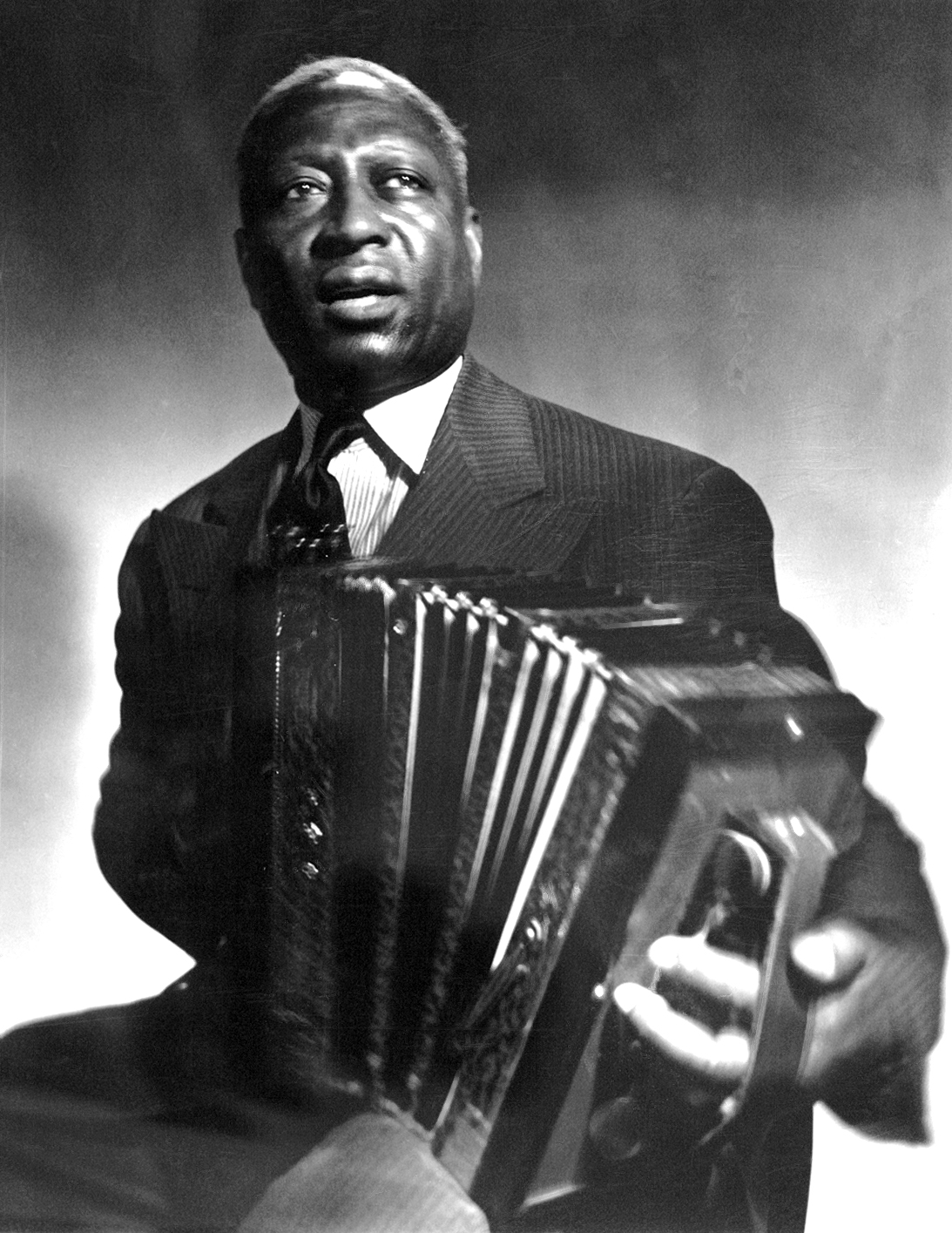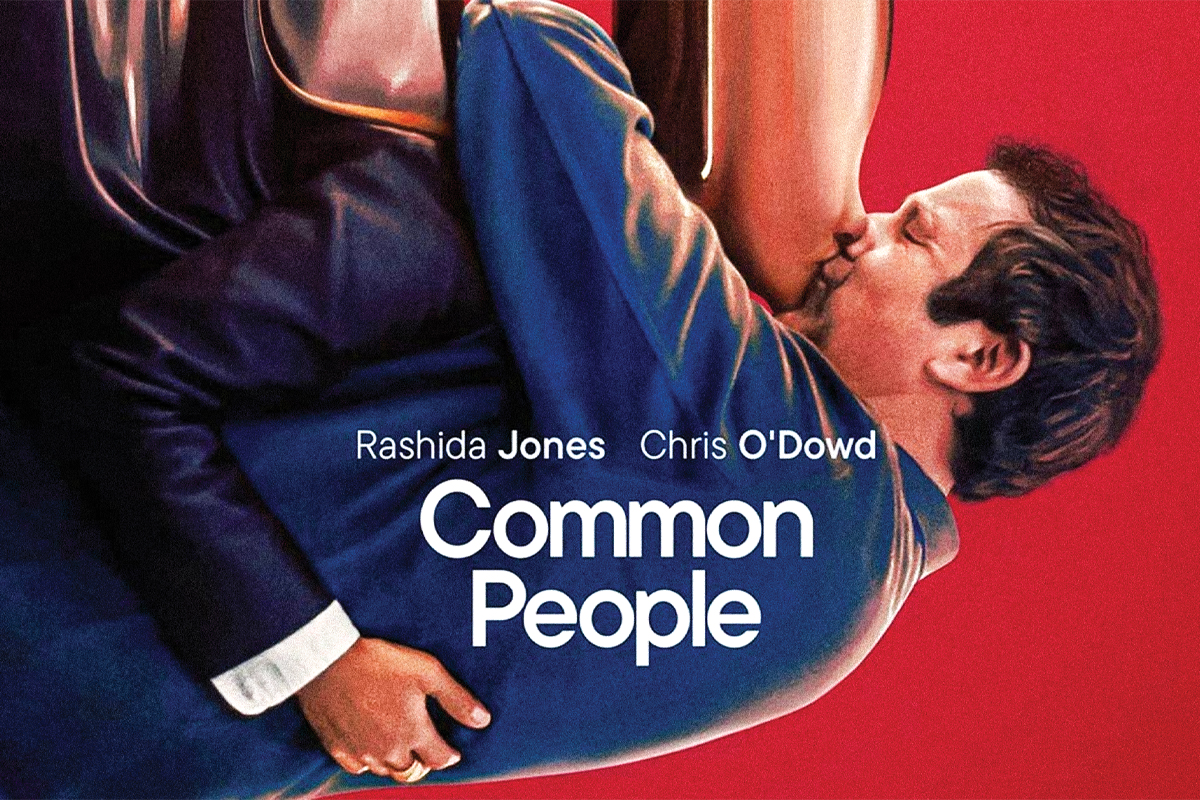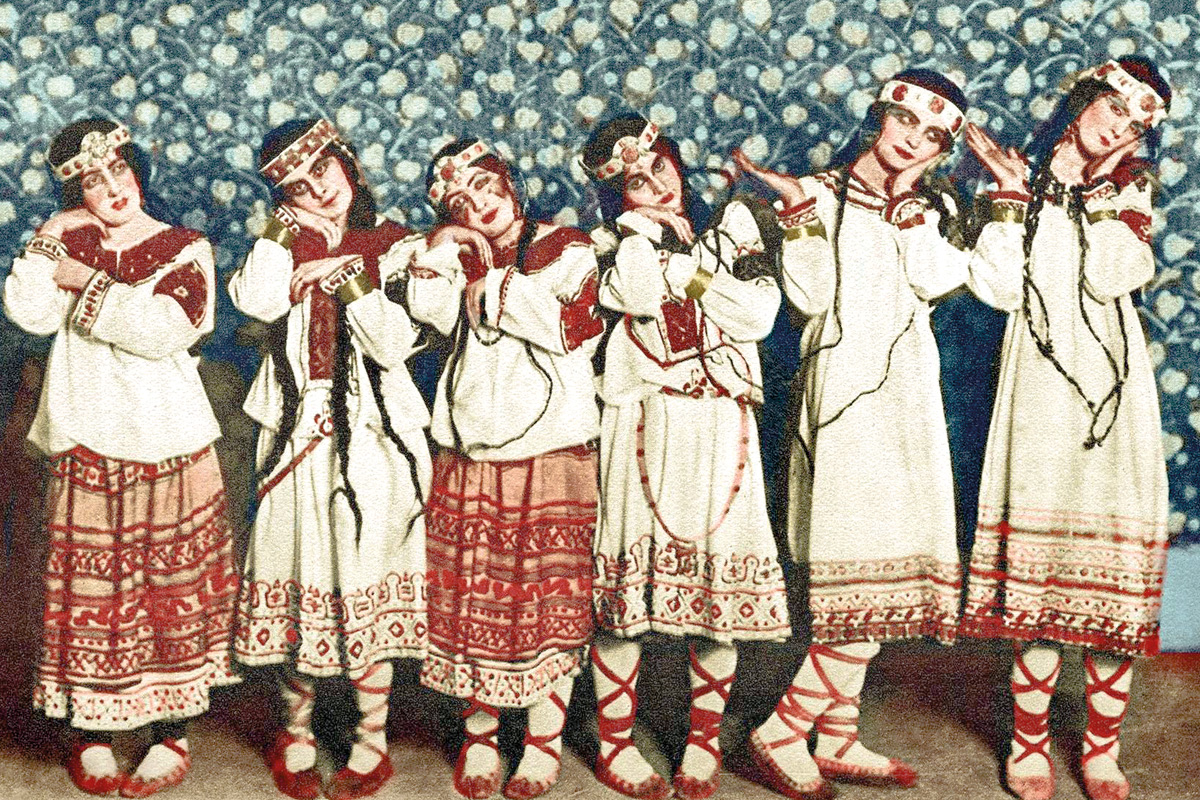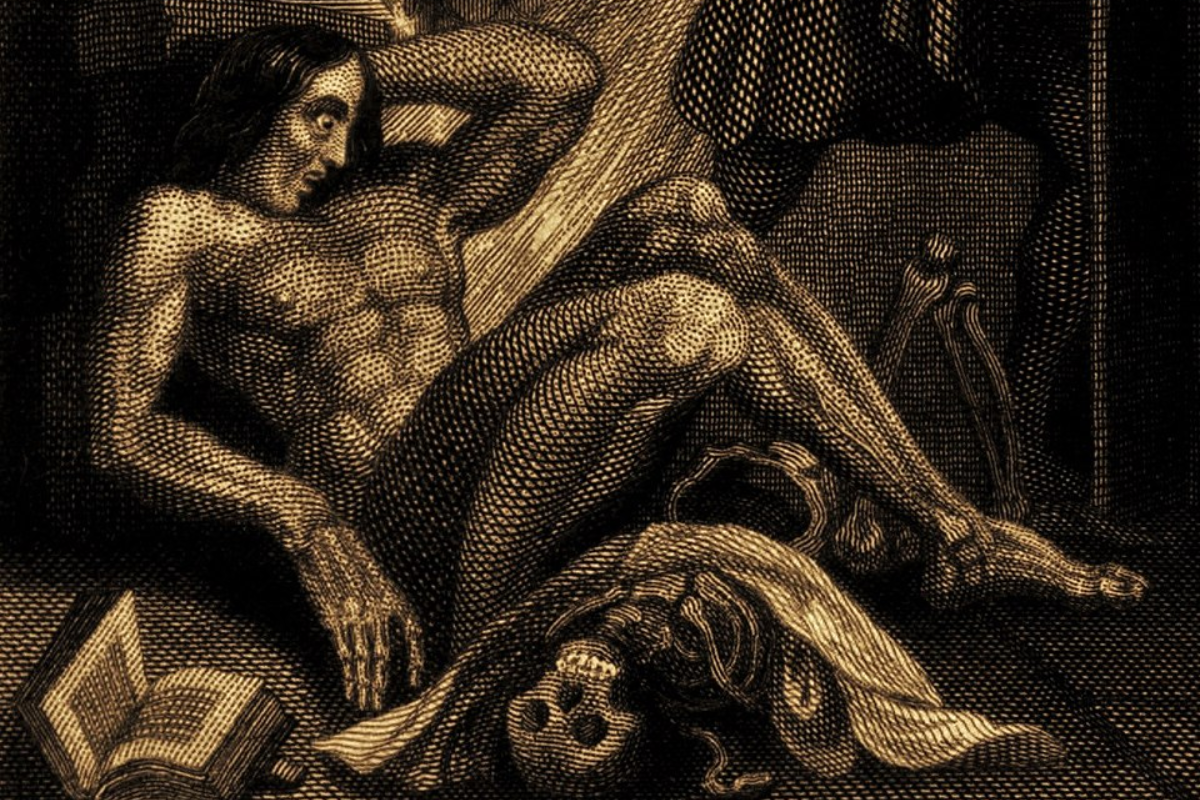‘Andor’ and the path of consciousness
Alexander Zucchelli-Redshaw, York
Warning: this review contains spoilers
As a Star Wars fan I’m used to the clunky dialogue, bad acting, and questionable writing. Though still a fan regardless, I was very surprised and glad when Andor came out back in 2022 and broke with these rules.
The series is a prequel to the 2016 movie Rogue One, in which we follow the Rebel Alliance’s daring attempt to stop the Death Star – the ultimate weapon of the authoritarian Galactic Empire – being built.
Andor follows the journey of Cassian Andor, a Rebel captain in the making, in the formation of the Rebel Alliance and ultimately his radicalisation to revolutionary ideas.
Unlike other Star Wars media, for me Andor always felt grounded and real. Without Jedi, the force, or light saber fights, it conveys a much deeper understanding of ordinary life in the Star Wars universe – and shows much more clearly the parallels to today’s society.
With the second season streaming at the moment, I was thinking over how the entire show encapsulates the idea that big events move consciousness forward toward revolutionary ideas.
The most recent episodes of the new season are the most stark and obvious in their parallels to today, namely due to the depiction of the Ghorman Massacre which draws clear similarities to the genocide happening in Gaza.
We are seeing these great events that push people towards revolutionary ideas unfold in our own lifetime. In showcasing such in-universe events and exploring their consequences, Andor reflects this development, imitating the real movement of the masses on screen.
In particular, the series highlights how, in the words of one character, “everyone has their own rebellion.” That is, there are a million and one events in people’s lives – big and small – that can act as the final push towards joining the struggle against the system.
In our society today, we as communists must be able to connect with all those who have their own ‘rebellions’ and get them organised into the party that can otherthrow the decrepit capitalist system.
‘Andor’ is available to stream on Disney+
Jesse Welles: “War isn’t murder, there’s money at stake”
Roman Merker, Birmingham
I am not a very cultural person and generally listen to the same old music I’ve heard in my childhood but recently I randomly got recommended ‘War Isn’t Murder’ by Jesse Welles.
Written about the conflict in Palestine, the song summarises so well all of the hypocrisy of the ruling class and the media lies about war:
“War isn’t murder,” that’s what they say / When you’re fighting the Devil, murder’s okay.
Wars are the logic of the capitalist system. The ruling class is always happy to mask them in patriotism, religion, or any other deception, but they know the crux of the issue is a struggle between the ruling classes of different countries for profits.
The song puts this concisely when it continues, War isn’t murder, there’s money at stake / Girl, even Kushner agrees it’s good real estate.
Jesse Welles has also written songs like ‘Ozempic’, ‘The Poor’, and ‘United Health’ – all about the attacks taking place on the working class and the poor:
Commoditized health, monopolized fraud / “There’s doctors that we own, and the research that we bought” / They own the loans and physicians, pharmacies, and meds / They should start selling graves just to fuck you when you’re dead.
Art that reflects real life under a decaying capitalist system necessarily will focus in a large part on death, poverty, and misery. However, it is easy to fall into depression when all you hear is a reflection of horrors with no solution to it.
That’s why a healthy dose of Mayakovsky is required:
I don’t care a spit
for tons of bronze;
I don’t care a spit
for slimy marble.
We’re men of kind,
we’ll come to terms about our fame;
let our
common monument be
socialism
built
in battle.
Jesse Welles’ ‘War Isn’t Murder’ is available to stream on Spotify.
Eisenstein, Revolution, and Stalinism
Jay Kesav, Reading
Commissioned for the 10th anniversary of the October insurrection, October: Ten Days That Shook the World depicts the breathless birth of the first workers’ state.

Director Sergei Eisenstein utilises Soviet montage to heights that soar above Hollywood, which has since rigidised his editing method. Experimenting with insert shots, Eisenstein excels in portraying the vanity of Kerensky and his rotten regime, with a technique he called ‘intellectual montage’.
The film’s bursts of expressionism characterise the creative boom of the pre-Stalinist soviets and depict the dynamism of revolution. However the Stalinist bureaucracy did not approve of the film, snobbishly thinking workers couldn’t understand ‘intellectual montage’.
Eisenstein reportedly said that “the Party” was the real screenwriter – indeed, they cut some 40 minutes, including Trotsky’s role. While October’s heavy-handed messaging expresses some class pride, having been produced while Stalin dissolved the Left Opposition and wrecked a revolution in China, it feels distorted.
Cutting scenes of the Russian Civil War, the bureaucracy sweeps the reality of the soviets’ suffocation under the carpet.
Eisenstein’s expressionism turns into its opposite; depicting the Bolsheviks metaphorically as strong, athletic males, as if anticipating the development of socialist realism. The insurrection becomes a sensationalised battle, while a literal portrayal would remind the soviets of their real traditions.
And so October half-heartedly joins the Stalinist gallery of pompous socialist realist lip-service to the revolution it betrayed, alongside Lenin’s preserved body.
If art is how society sees itself, October expresses the USSR’s contradictory class basis and confused self-image. Its awkward wavering between socialist realism and revolutionary experimentalism satisfied neither the bureaucracy, which eventually banned it, nor the left avant-garde.
In revolution, you must pick a side or be devoured by both.
Eisenstein’s masterpiece is a must-watch, but it is caught up in the Stalinist rewriting of October. The revolution was usurped by the bureaucracy, and Eisenstein’s cinematic technique co-opted in the decades since by mass-market cinema.
But these both belong to the working class. Let’s reclaim those traditions of our class, and retell October in deeds.
‘October: Ten Days That Shook the World’ is available to watch on YouTube for free.
Fighting the bourgeois blues
Henry Williams, London
This year will mark 75 years since ‘Goodnight Irene’ by The Weavers topped the US charts for 14 weeks – a landmark in American folk music. However, the song’s history reveals the extreme exploitation of musicians and the racist foundations of the music industry.
The song was written by black folk musician Huddie Leadbetter, known as ‘Leadbelly’ – a nickname he disliked, originating from his repeated prison stays on false charges.

He was ‘hired’ (with no wages) by John Lomax, a racist musicologist who set out to create a record of American folk music for the Archive of American Folk Song – only possible through Leadbetter’s back-breaking labour.
Lomax copyrighted Leadbetter’s work, including ‘Goodnight Irene’, and took joint song writing credit, despite constantly belittling and abusing him. Only after breaking from Lomax in the 1930s did Leadbetter thrive, eventually joining the radical Almanac Singers in New York.
This Popular Front collective – including Woody Guthrie and Pete Seeger – wrote and performed songs for the workers movement to challenge racism, fascism and capitalism.
Though the Almanac Singers later compromised by aligning with the Stalinist CIO and uncritically supported the war effort, they were active in the class struggle.
They initially represented a counterculture rooted in workers’ struggles, not the petty-bourgeois hippie movement they later became associated with. Look at Leadbetter’s ‘The Bourgeois Blues’ (1940) for proof:
‘Home of the brave, land of the free
I don’t wanna be mistreated by no bourgeoisie
Lord, in a bourgeois town
Uhm, the bourgeois town
I got the bourgeois blues
Gonna spread the news all around’
Leadbetter’s influence on blues and folk music is immense, yet tragically ‘Goodnight Irene’ only became a hit a year after his death.
But, while it was Lomax’s racist exploitation which would shape the Archive of American Folk Song, Leadbetter’s legacy endures as a pioneer of folk music and a fighter against oppression.
His story offers lessons for today’s musicians: collective struggle against racism and capitalism is more powerful than mere commentary.
But instead of liberal alliances like the Popular Front, artists should embrace a clear communist program. Leadbetter and the Almanac Singers showed that music can be a weapon – today’s musicians must sharpen it further.
Huddie Leadbetter’s music is available to listen to on Spotify.
Readers recommend: ‘Black Mirror’
Adam Crawford, Liverpool
Hit television show Black Mirror returned in April for its seventh series, offering six of creator Charlie Brooker’s sci-fi tinged reflections on modern society.
The first new episode, ‘Common People’, explores a couple struggling under an increasing burden of exorbitant healthcare costs after a life-changing medical emergency.

The episode follows Amanda (Rashida Jones) and Mike (Chris O’Dowd), a loving couple who both work hard – one a teacher, the other a manual labourer. For this they are rewarded with a life of just getting by, a state of economic precarity where one accident can destroy their livelihoods.
Indeed, after Amanda falls seriously ill, Mike must make a Hobson’s choice: leave her lying comatose, or help her regain consciousness at the cost of $300 per month – every month, forever.
Of course, soon enough the now-conscious Amanda’s healthcare ‘subscription’ spikes in price. Her high-tech brain implant starts making her perform ‘ad reads’ mid-thought, like a podcaster or social media influencer.
To keep up with the payments, Mike is forced onto a seedy website where trolls pay livestreamers to humiliate themselves.
The most obvious inspiration for the episode is the American healthcare industry, where desperation over the parasitic system has started to boil over into cases like the killing of UnitedHealthcare’s CEO.
However, what the episode generally depicts is the degradation and desperation felt across workers in all countries; the lack of control people feel over their own lives – down to control over their own bodies – as they try to eke out an ever-more-meagre existence.
And though it most often depicts the dystopian potential, what Black Mirror more broadly reflects on is how technology is only as good or as bad as the people who control it.
The chip in Amanda’s brain saved her life. At its best, technology can facilitate disabled, injured and elderly people experiencing life as they would never otherwise be able to.
At its worst, when wielded by billionaires, the artificial scarcity and planned obsolescence of technology aids the misery of the working class – and ensures the parasitic capitalists rake in their profits.
Black Mirror is available to stream on Netflix.






